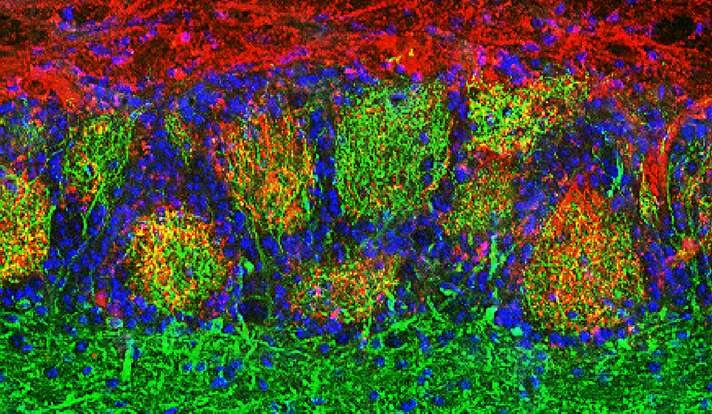Close or far, how smell tells us it's popcorn

People know a smell is popcorn whether it is cooking down the hallway or held right under their noses. Yale researchers Douglas Storace and Lawrence Cohen in the Department of Cellular and Molecular Physiology have found that an early step during the processing of odors in the olfactory bulb of the brain explains why the concentration of an odor does not impact our ability to identify it.
The key is a molecular network in the olfactory bulb that can transform inputs of dramatically varying concentrations into stable representations of odor identity. The ability to recognize odorants across a range of concentrations is likely of importance for a number of biological functions such as finding food, predators, and finding your partner in a complex subterranean nest, the authors say. Cohen and Storace hope to explore how that happens in future studies.
The research appears July 19 in the journal Nature Communications.
More information: Douglas A. Storace et al. Measuring the olfactory bulb input-output transformation reveals a contribution to the perception of odorant concentration invariance, Nature Communications (2017). DOI: 10.1038/s41467-017-00036-2



















